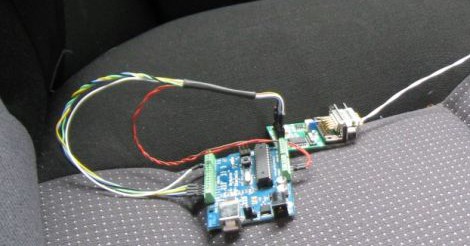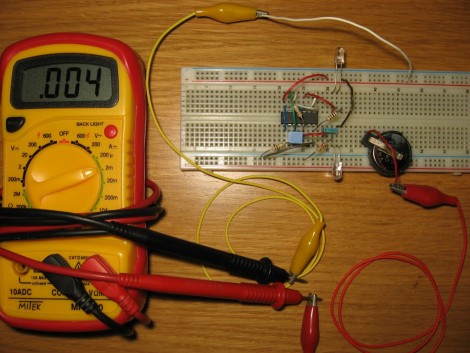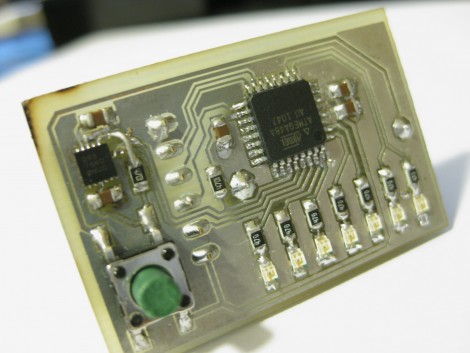[Igor] drives a 4th generation Volkswagen Golf, and decided he wanted to play around with the CAN bus for a bit. Knowing that the comfort bus is the most accessible and the safest to toy with, he started poking around to see what he could see (Google translation).
He pulled the trim off one of the rear doors and hooked into the comfort bus with an Arudino and a CAN interface module. He sniffed the bus’ traffic for a bit, then decided he would add some functionality to the car that it was sorely lacking. The car’s windows can all be rolled down by turning the key in any lock for more than a few seconds, however this cannot be done remotely. The functionality can be added via 3rd party modules or through manipulating the car’s programming with some prepackaged software, but [Igor] wanted to give it a go himself.
He programmed the Arduino to listen for longer than normal button presses coming from the remote. Once it detects that he is trying to roll the windows up or down, the Arduino issues the proper window control commands to the bus, and his wish is the car’s command.
It’s a pretty simple process, but then again he has just gotten started. We look forward to seeing what else [Igor] is able to pull off in the future. In the meantime, continue reading to see a quick video of his handiwork.
If you are interested in seeing what you might be able to do with your own car, check out this CAN bus sniffer we featured a while back.


















